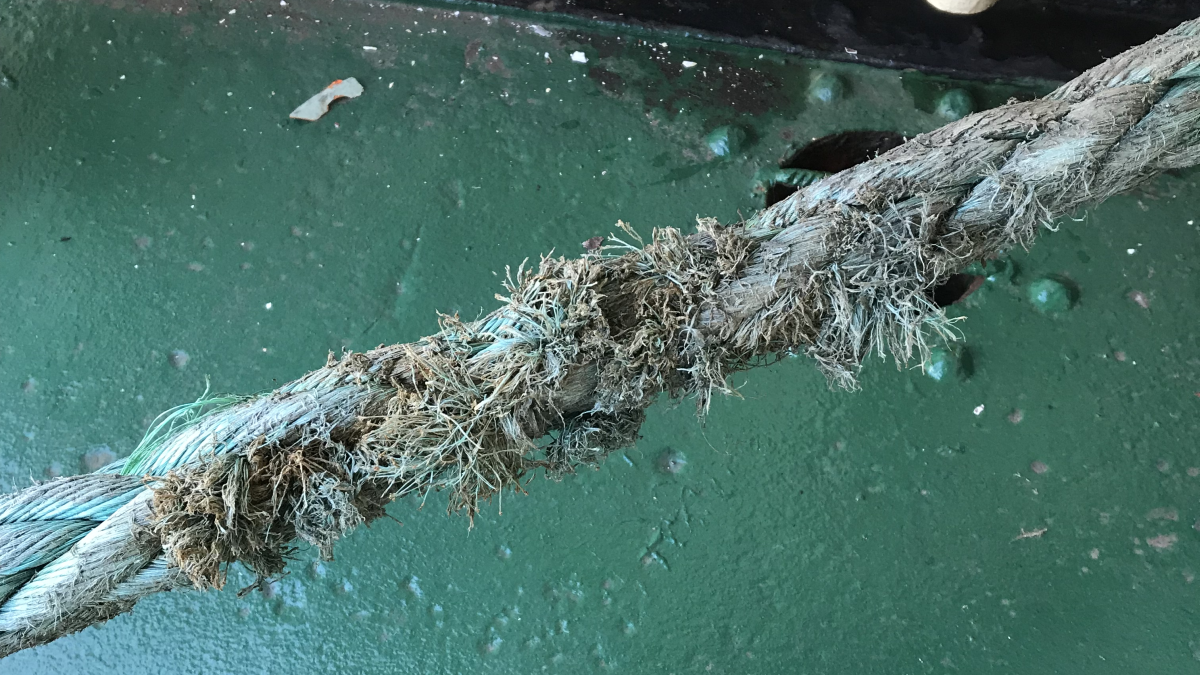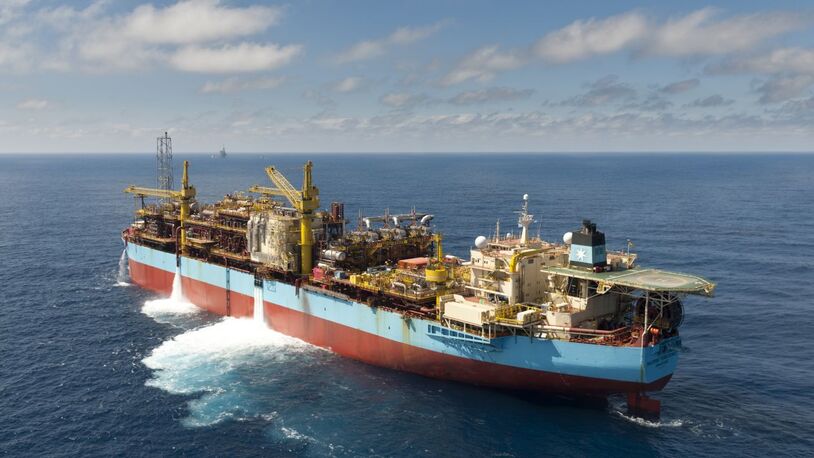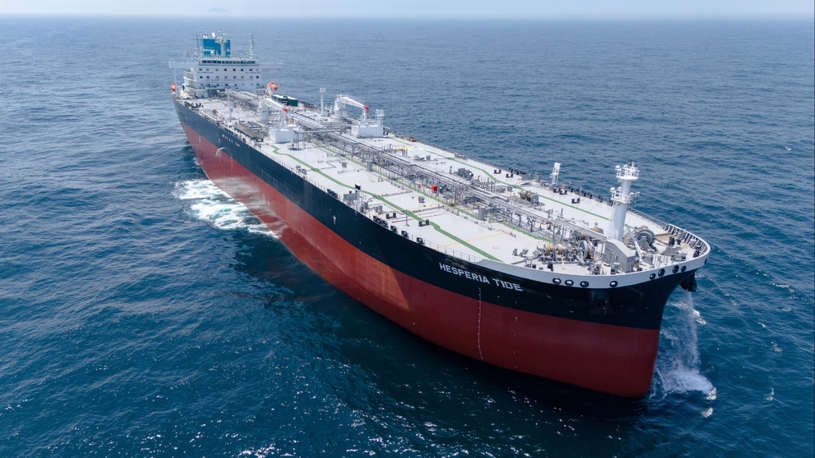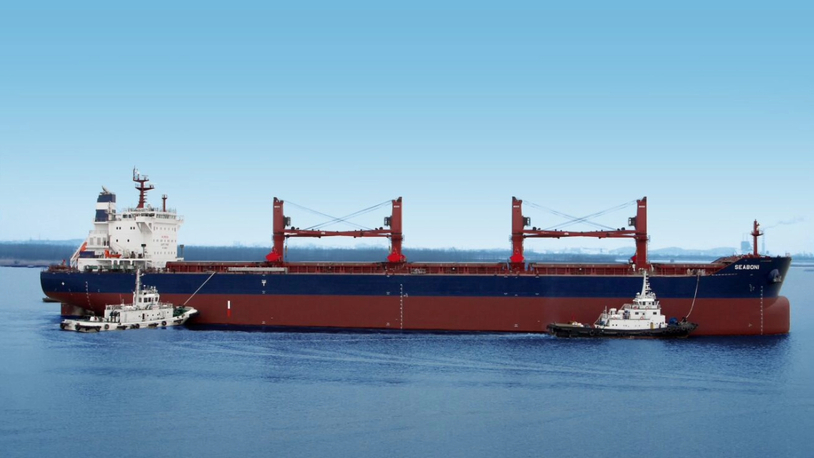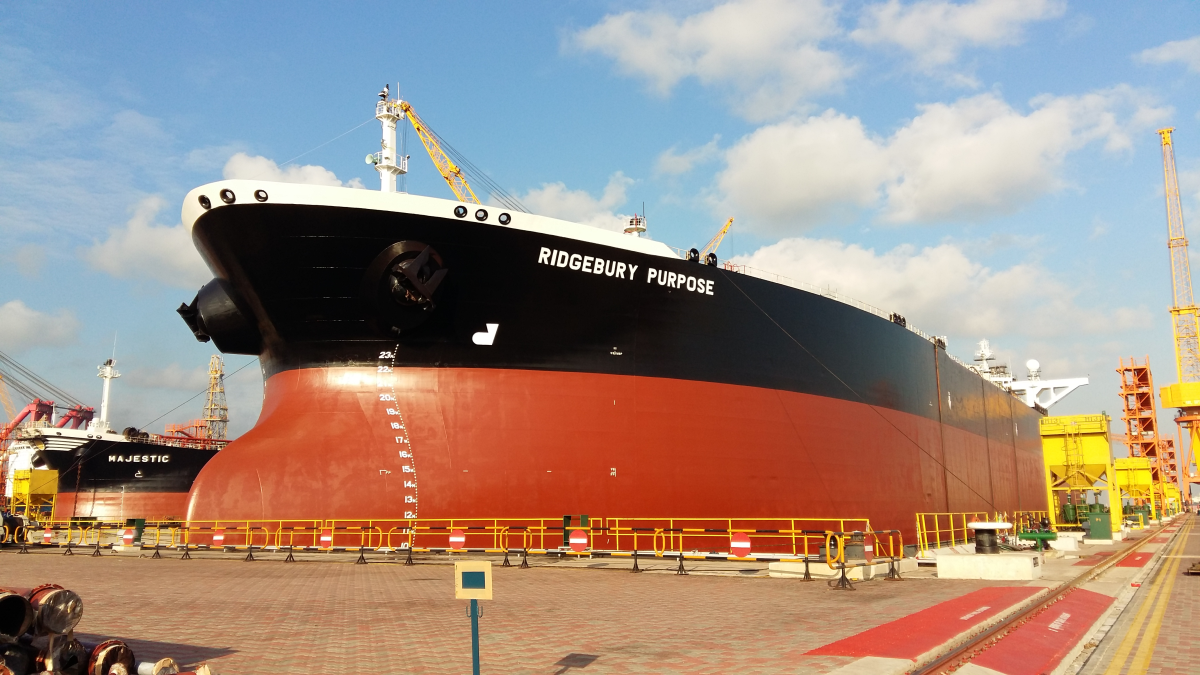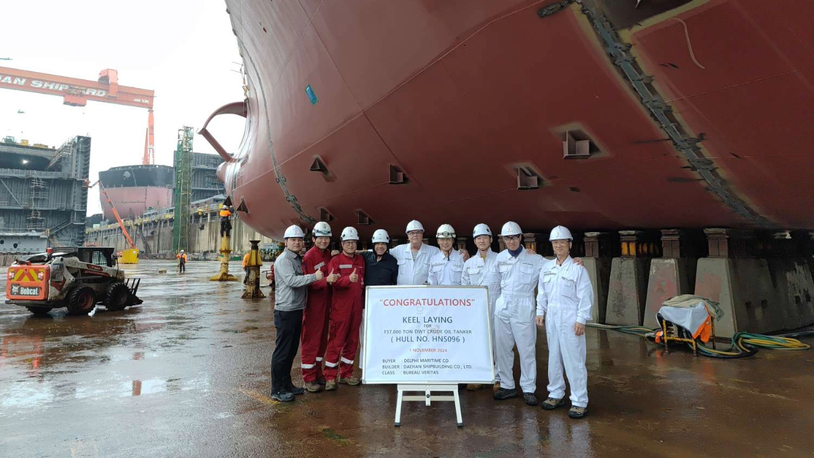Business Sectors
Events
Contents
Register to read more articles.
The inherent risks from rope abrasion
A rope’s integrity can be the difference between safe mooring and a catastrophic parting. Treating abrasion as a safety risk — not a cost — is crucial
On any quayside, aboard any tanker, cargo, or gas carrier, the threat of mooring rope abrasion often escapes notice — until a line parts, someone is injured, or operations are disrupted. Abrasion, the gradual degradation of fibres through friction and wear, is not simply a maintenance cost. It is a safety risk.
Mooring is inherently high-risk, and rope integrity is central to mitigating that risk. The design of the mooring system, the condition of contact surfaces, and crew competence must function in harmony. If one element fails, the whole system is compromised.
Rope wear is not new — but the industry’s response is evolving. “The aim now is not to replace damaged ropes faster, but to slow down the damage in the first place,” says Wilhelmsen Ships Service (WSS) product management and planning director for mooring solutions, Thomas Caradec. “Mooring rope abrasion needs to be recognised as a safety issue. We have to remove the mindset that it’s just a cost problem.”
The images captured during mooring inspections — lines frayed to their cores, wrapped around sharp or seized leads, or discoloured by rust — tell a broader story. Every visible point of damage reveals a failure somewhere in the system.
A key contributor to rope degradation is the condition of contact surfaces. Smooth, corrosion-free rollers and fairleads are essential. When these elements seize or rust, friction and heat increase sharply. With synthetic ropes such as HMPE, that heat can degrade fibres at a molecular level — well before visible signs appear.
Regulatory bodies are responding and IMO and the Oil Companies International Marine Forum (OCIMF) have formalised requirements through SOLAS and the fourth edition of the Mooring Equipment Guidelines (MEG4). These frameworks stress wear-zone management, certified ropes, and improved crew training. But even with these in place, challenges persist, such as inconsistent terminal infrastructure, variable weather, and uncertainty around best practices for rope protection.
“We have to remove the mindset that it’s just a cost problem”
One persistent concern is the lack of regular maintenance for mooring hardware — a factor that significantly shortens rope lifespan and forces early retirement.
Situational awareness is vital. Safe mooring requires more than just weather-watching; it means actively monitoring equipment condition — ropes and fittings alike.
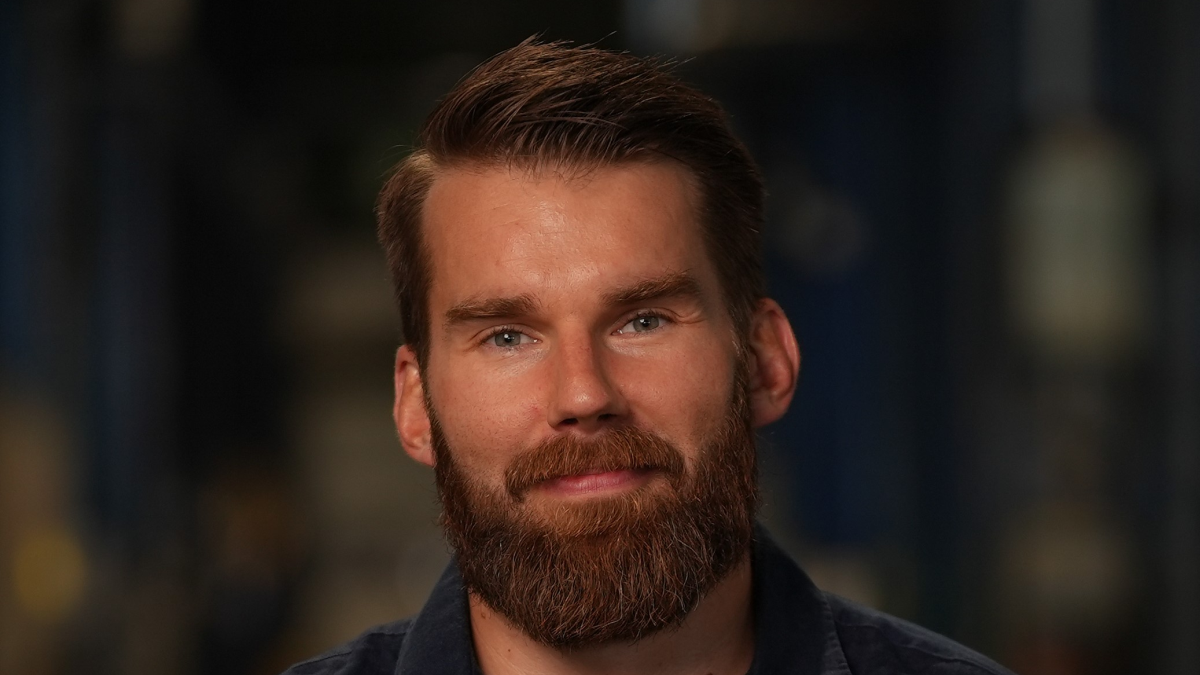
Protective tools such as chafe guards can help, but only when correctly specified and installed. Improvised solutions — rubber sheeting, spare rope wraps, or grease — may worsen wear. “A smooth, well-maintained steel surface is almost always safer than an improvised solution,” says Mr Caradec.
Poor line handling adds to the problem. Sharp bends, tight redirections, or stacking lines through a single fitting all increase friction. One inspection image shows multiple ropes jammed into a Panama lead, causing uneven loading and excessive abrasion.
Abrasion resistance varies widely, even within rope types. For HMPE ropes, coating processes are crucial. “Our internal testing shows up to 700% variation in abrasion resistance between different HMPE ropes,” says Mr Caradec. “Cheaper is not always more economical. A rope that appears affordable upfront may end up being more costly, both financially and operationally.”
Routine inspection is non-negotiable. Crews must look for fraying, broken strands, and internal core damage. But inspections should extend beyond the rope to rollers, fairleads, bollards, and winch drums. Corroded fittings damage ropes continuously.
Training is essential. It is not enough to tell crews what not to do — they must understand why. “Crews who know why bad practices cause damage are the ones who stop doing them,” says Mr Caradec. For instance, understanding how friction contributes to abrasion and how different materials dissipate the heat it generates, would help prevent the use of inadequate protection.
To support the assessment of damage from abrasion, WSS developed LineLens, a rope inspection tool that uses machine learning to assess wear. Launched in 2021 as an additional module to WSS’ Line Management Plan, LineLens simplifies visual inspections and helps standardise reporting, reducing subjectivity and improving maintenance planning.
“Crews who know why bad practices cause damage are the ones who stop doing them”
The consequences of poor maintenance are serious. Snap-back injuries caused by parting ropes are among the most dangerous accidents on board. The energy stored in a mooring line under tension is immense. When that energy is released suddenly, it acts like a whip: fast, powerful, and often fatal.
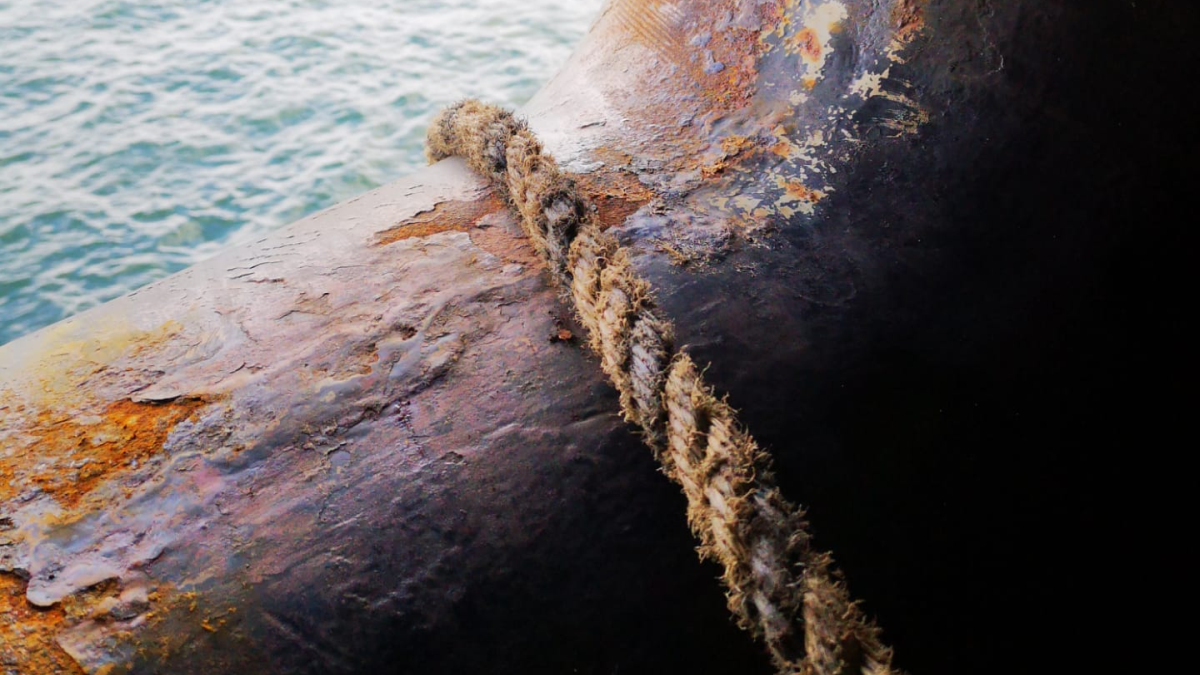
Mooring safety requires an integrated view. Rather than treating winches, ropes, bollards, and fairleads as standalone items, they must be understood as an interconnected system. A soft rope on a rough surface, or a high-load rope in an undersized lead, undermines the entire operation.
Digitalisation will support future improvements. Integrated line management systems, digital inspection tools, and more structured port arrival planning will reduce reliance on improvisation.
WSS and others are already working on smart ropes and embedded sensors to provide real-time data on tension, temperature, and wear. But widespread adoption will take time.
In the short term, progress hinges on consistent enforcement of current standards and better training. MEG4 provides a framework, but implementation remains uneven. SOLAS mandates safety — but does not dictate detailed maintenance practices. A global push for verified mooring line certificates and manufacturer accountability could address one of the largest gaps: the proliferation of unverified or counterfeit ropes, which have begun to enter the market at an alarming rate.
Ultimately, safety is not about replacing more ropes. It is about needing to replace fewer. Abrasion is not just a cost — it is a symptom. It signals system failure, one fibre at a time.
And if it goes ignored, it only gets louder.
Related to this Story
Events
Offshore Support Journal Conference, Americas 2025
LNG Shipping & Terminals Conference 2025
Vessel Optimisation Webinar Week
© 2024 Riviera Maritime Media Ltd.


